Third year with Ystrad Service Centre for MOT and service. Very professional and welcoming staff.
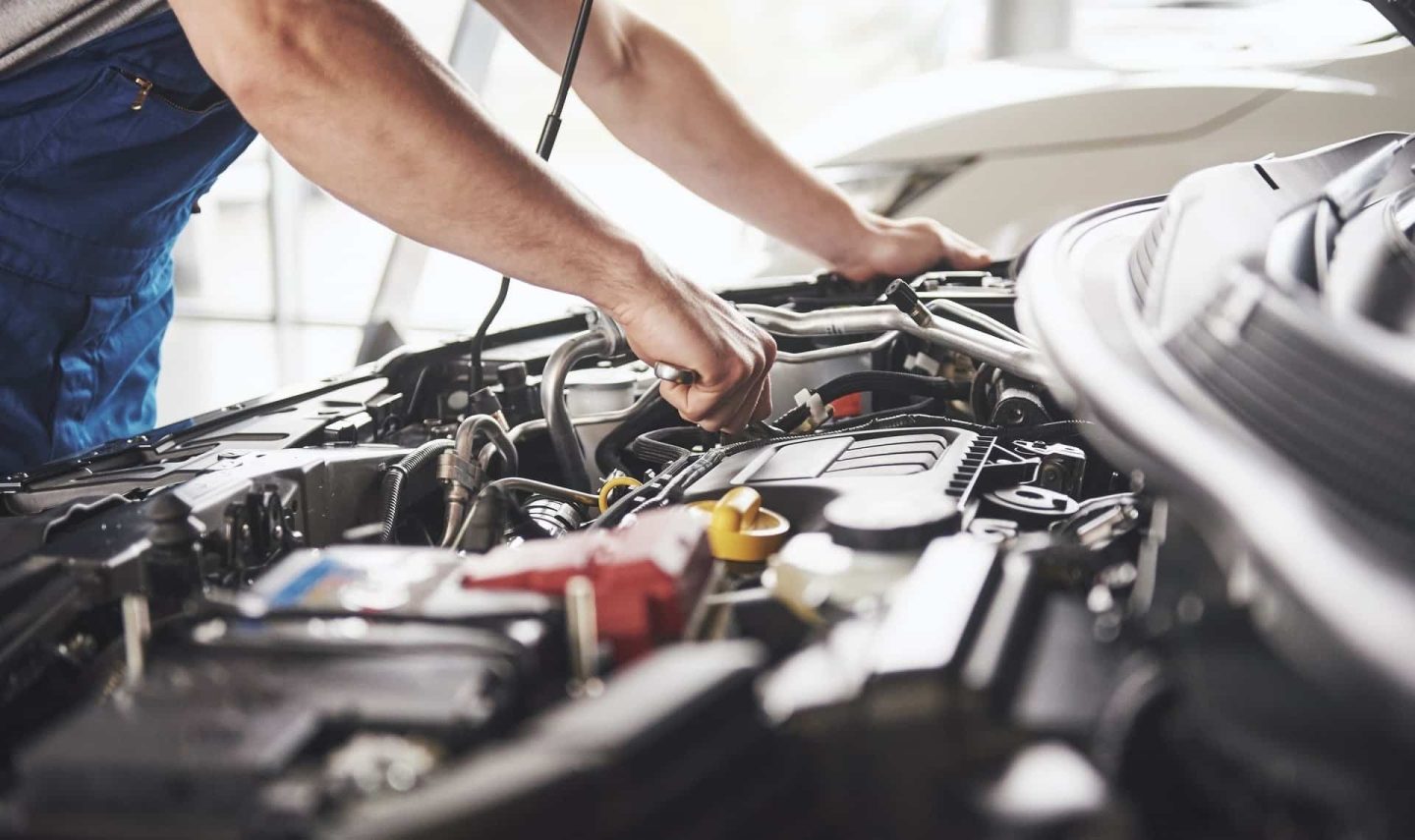

Is your vehicle giving you trouble? Don’t let small issues become expensive problems down the road.
At Ystrad Service Centre, we deliver expert vehicle repairs with many years of dedicated experience.
With an impressive {{average-rating}}-star rating on Google and {{review-count}} 5-star reviews, our expert team specialises in Mercedes, BMW, Jaguar, Land Rover, and Volkswagen Audi Group vehicles, while providing comprehensive service for all makes.
Looking for car repair in Caerphilly or Ystrad Mynach? Contact Ystrad Service Centre today.
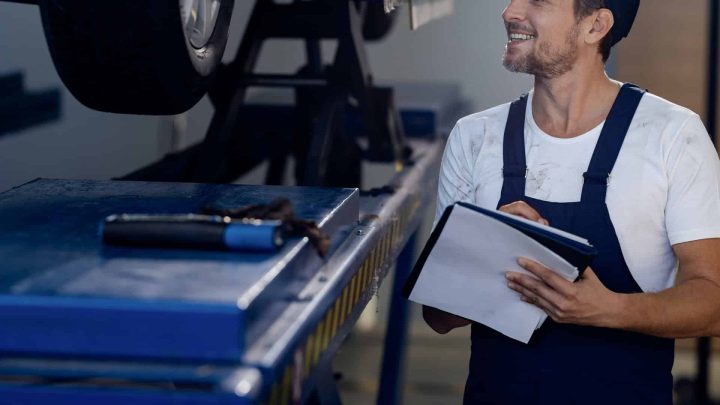
Why Choose Ystrad Service Centre?
Our commitment to excellence sets us apart:
- Thorough diagnostic processes help identify underlying issues, preventing costly repairs in the future
- We use genuine manufacturer or high-quality alternative parts to maintain your vehicle’s warranty
- Clear communication throughout your repair journey – we proceed only with your approval
- Free courtesy car available while we work on your vehicle
- Conveniently located next to the train station with direct London service
Trust Ystrad Service Centre for car repair in Ystrad Mynach and the surrounding areas.

Air Con Regas Ystrad Mynach
Your air conditioning system is crucial for year-round comfort and safety.
If you’re experiencing reduced cooling or window misting, book an air con regas service with our experts today.
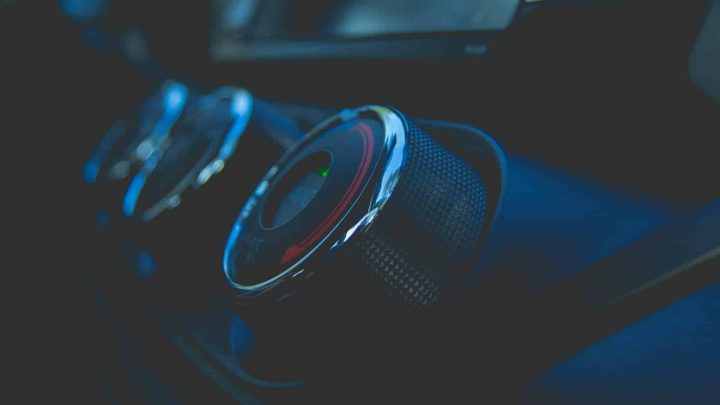
Tyres Ystrad Mynach
Your tyres are your only contact with the road.
Our tyre service includes thorough inspections of tread depth, wear patterns, and pressure to keep you safe on every journey.

Wheel Alignment Ystrad Mynach
Proper wheel alignment ensures even tyre wear and optimal handling.
If your vehicle pulls to one side, book a wheel alignment check with our experienced team today.

Diagnostics Ystrad Mynach
When warning lights appear, our diagnostics service is here to help.
Our experienced technicians identify issues early, preventing minor problems from becoming major repairs.
Book your diagnostics service today.
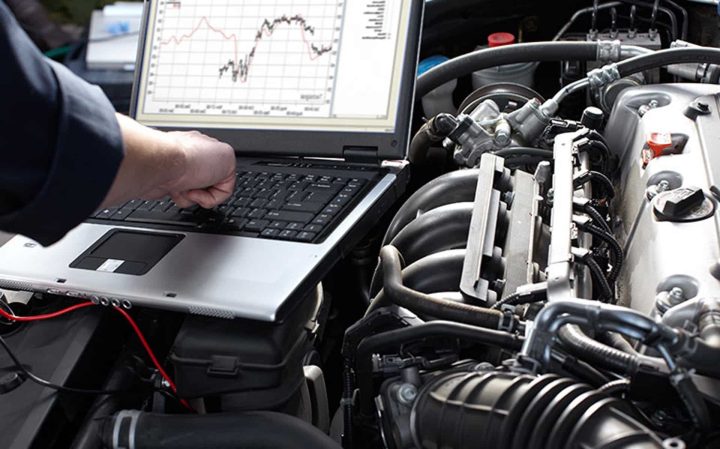
Brakes Ystrad Mynach
Your safety depends on properly functioning brakes.
Our brake service includes thorough assessments to ensure optimal performance and peace of mind.
Contact us to learn more about our brake services.

Suspension Ystrad Mynach
For a smoother ride and better handling, proper suspension maintenance is essential.
If you notice changes in ride quality, book a suspension check with our specialists today.

Batteries Ystrad Mynach
Don’t risk being stranded with a flat battery.
Our battery service includes testing and replacement to keep you moving.
Need help with your car battery? Contact us today.
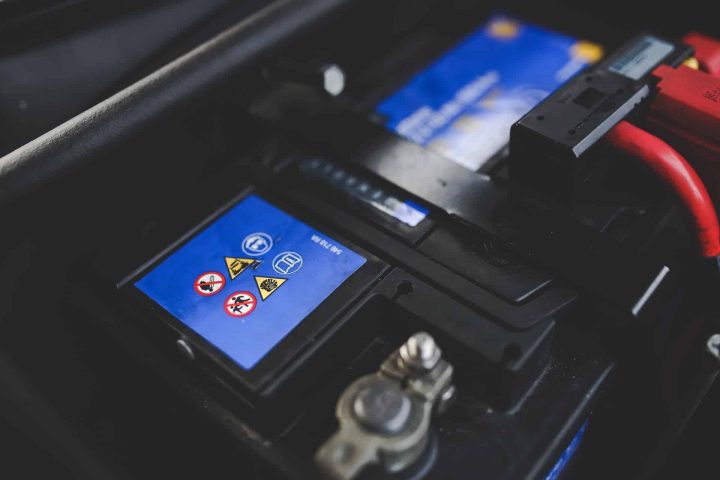
Clutches Ystrad Mynach
Experiencing clutch issues?
Our clutch specialists can diagnose and repair problems efficiently, ensuring smooth gear changes and optimal performance.
Book your clutch service today.
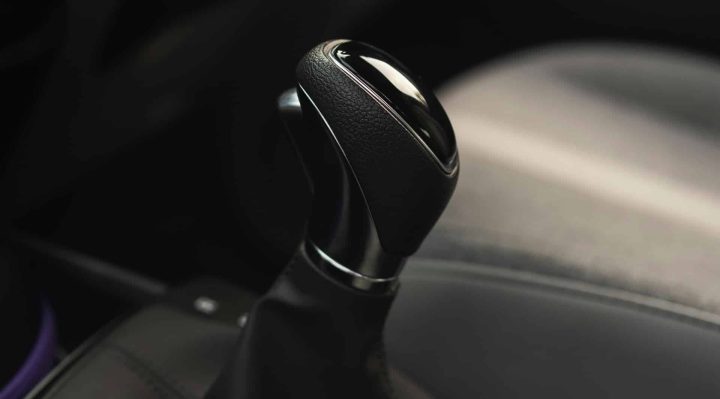
Exhausts Ystrad Mynach
A properly functioning exhaust system is crucial for MOT compliance.
Our exhaust service includes thorough inspection and repairs to maintain optimal performance.
Get in touch to learn more.
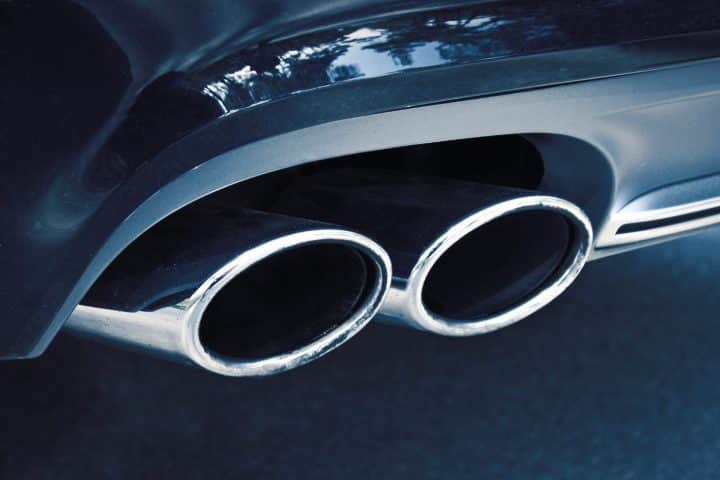
DPF Ystrad Mynach
Your DPF – Diesel Particulate Filter – reduces harmful emissions and is essential for MOT compliance.
Our DPF service includes cleaning and maintenance to prevent costly replacements.
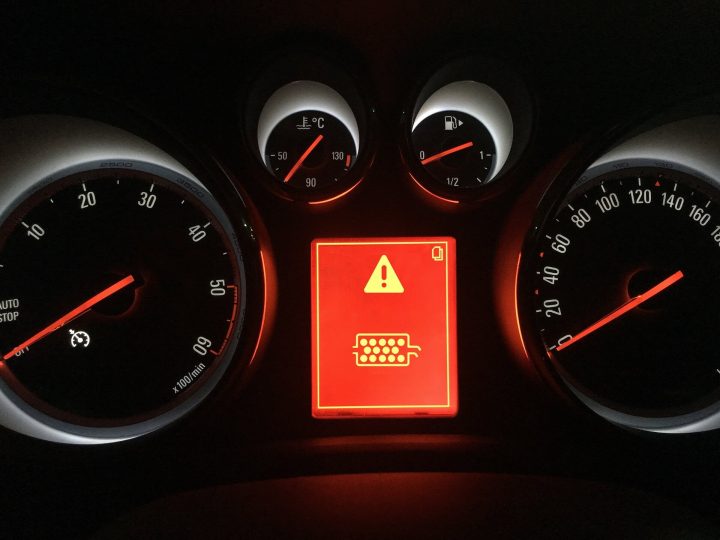
ADAS Ystrad Mynach
Modern vehicles rely on Advanced Driver Assistance Systems for safety.
Our experts ensure your ADAS systems are properly calibrated and functioning correctly.
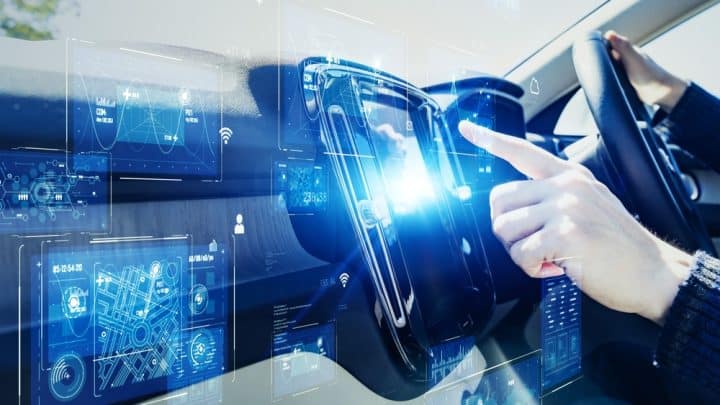
Hybrid Vehicle Repairs Ystrad Mynach
We’re fully equipped for hybrid vehicle repairs.
Our technicians stay current with the latest technology to provide expert care for your eco-friendly vehicle.
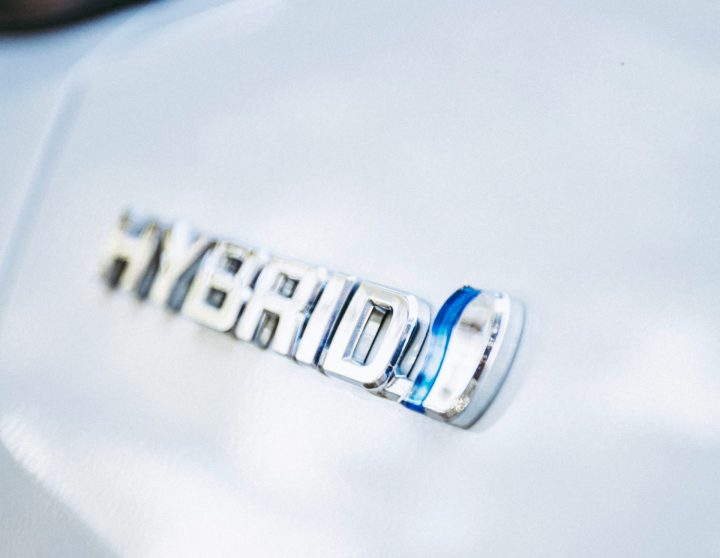
Lighting Ystrad Mynach
Ensure your safety with our lighting service.
We check and repair all vehicle lighting systems to keep you visible and legal on the road.
Need help with vehicle lighting issues? Call us!

Turbo Repairs Ystrad Mynach
Experiencing turbo problems?
Our turbo repair specialists can diagnose and fix issues to restore your engine’s performance.
Arrange your service today.
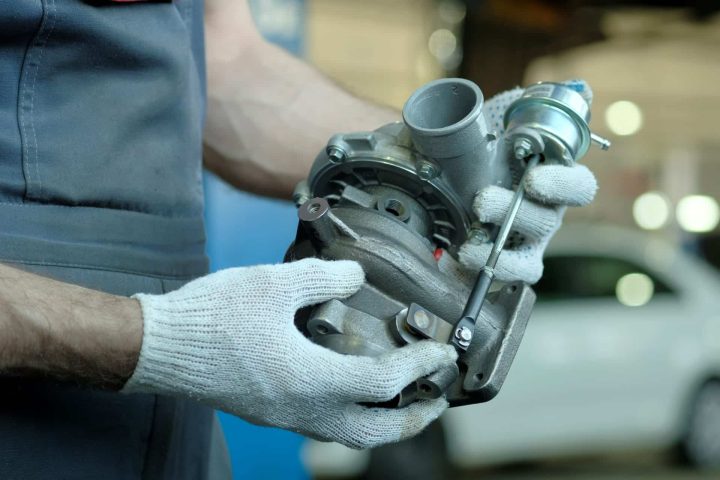
Cambelts Ystrad Mynach
Don’t risk expensive engine damage.
Our cambelt service includes thorough inspection and replacement according to manufacturer specifications.
Book your cambelt service today.
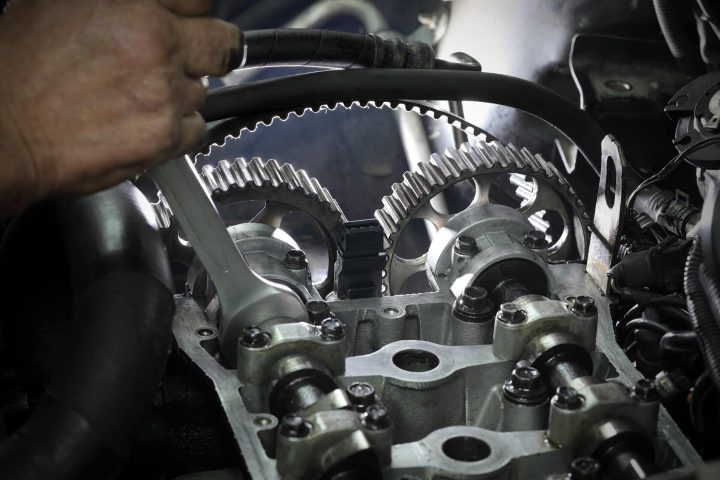
Electric Vehicle Repairs Ystrad Mynach
Our technicians are fully trained in electric vehicle maintenance and repairs.
From battery diagnostics to charging systems, we provide comprehensive care for your EV.
Book your service today.

Remapping Ystrad Mynach
Looking to enhance your vehicle’s performance?
Our professional remapping service optimises your engine’s performance while maintaining reliability.
Contact us to learn more.
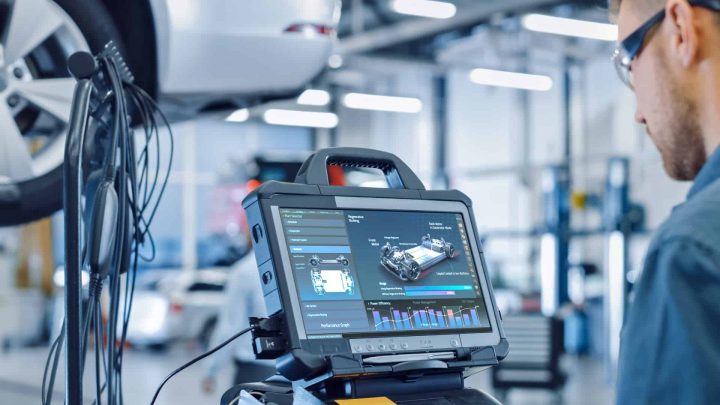
Where Can I Find You?
Located at Unit 1-4 Hazel Close, Dyffryn Business Park, Ystrad Mynach, CF82 7UB, we’re:
- Conveniently located next to the train station with direct London service
- Easily accessible from surrounding areas
- Available Monday to Friday, 8:30 to 17:30


